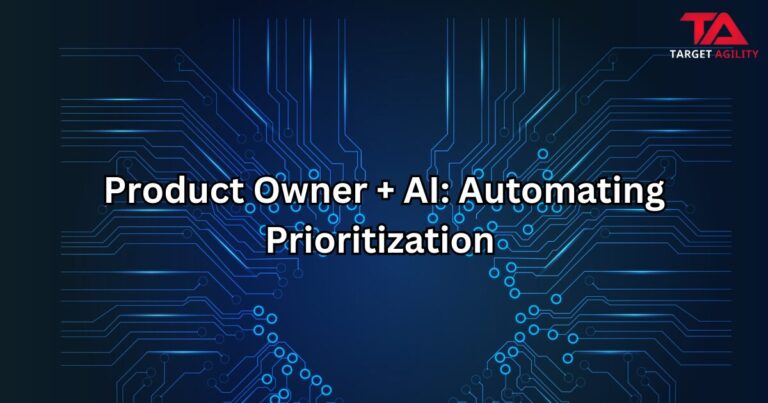Introduction
In today’s fast-paced and competitive business world, organizations are constantly on the lookout for ways to optimize processes, boost productivity, and deliver exceptional value to customers. Agile metrics step up to the plate, providing essential insights into Agile team performance and progress. They empower organizations to make informed decisions, track project health, and foster continuous improvement. In this blog, we embark on a journey into the realm of Agile metrics, understanding their significance, exploring different types, and appreciating their pivotal role in driving successful Agile implementations.
The Essence of Agile Metrics:
Agile metrics act as guiding stars for organizations navigating the Agile landscape. They enable teams to measure and assess various aspects of their projects, unveiling bottlenecks, spotting opportunities for growth, and enabling data-driven decisions. By quantifying performance and progress, Agile metrics fuel teams to proactively tackle challenges, enhance collaboration, and optimize project outcomes.
Exploring Agile Metric Types
1. Velocity: The velocity metric measures the amount of work an Agile team completes during a sprint. It provides crucial insights into team productivity and aids in predicting future performance using historical data.
2. Cycle Time: Cycle Time represents the duration taken to complete a user story, from inception to delivery. By tracking cycle time, teams can identify process inefficiencies, streamline workflows, and reduce lead times, resulting in faster deliveries and heightened customer satisfaction.
3. Burnup and Burndown Charts: These visual tools display the progress of work over time. Burnup charts showcase completed work against total planned or remaining work, managing scope and promoting effective communication within the team and stakeholders.
4. Defect Density: This metric measures the number of defects identified per unit of work, such as lines of code or user stories. Monitoring defect density empowers teams to gauge the quality of their deliverables, identify patterns, and implement preventive measures to minimize defects in future iterations.
5. Customer Satisfaction: Metrics like Net Promoter Score (NPS) or customer feedback ratings gauge customer satisfaction levels. Continuously monitoring customer satisfaction aligns Agile teams with customer needs, enables product feature enhancements, and cultivates customer loyalty.
6. Team Happiness: Happy teams are productive and collaborative teams. Metrics like team morale surveys or employee engagement scores offer insights into the team’s well-being, facilitating a positive work environment and nurturing team satisfaction.

Driving Success through Agile Metrics
Agile metrics are a catalyst for success in various ways. They foster transparency, granting stakeholders a clear understanding of project progress, risks, and opportunities. With this visibility, management can make informed decisions and adapt strategies as needed.
Furthermore, Agile metrics fuel continuous improvement. By analyzing performance data, teams identify areas for improvement, implement process refinements, and strive for higher efficiency and productivity. Optimized sprint planning, reduced cycle time, and enhanced team collaboration become achievable goals.
Lastly, Agile metrics promote accountability. Access to objective performance data motivates teams to take ownership of their work, pursue excellence, and honor their commitments.
Conclusion
Agile metrics hold the key to unlocking the full potential of Agile methodologies. By measuring various aspects of the Agile process, teams gain invaluable data-driven insights, paving the way for continuous improvement and project success. Whether it’s monitoring velocity, visualizing progress through burnup charts, or prioritizing customer satisfaction, Agile metrics serve as invaluable allies in the pursuit of excellence.










